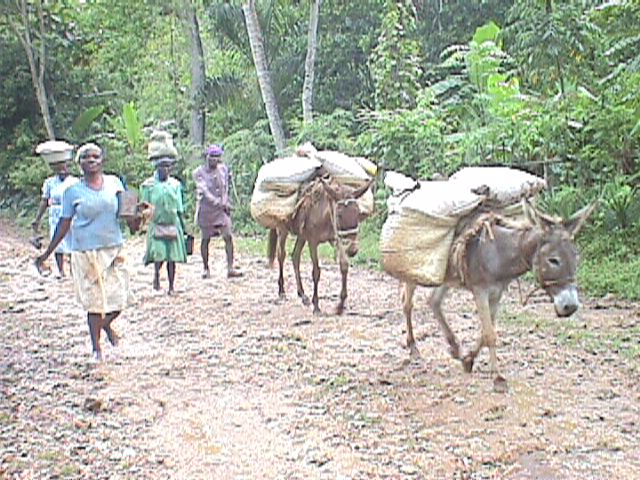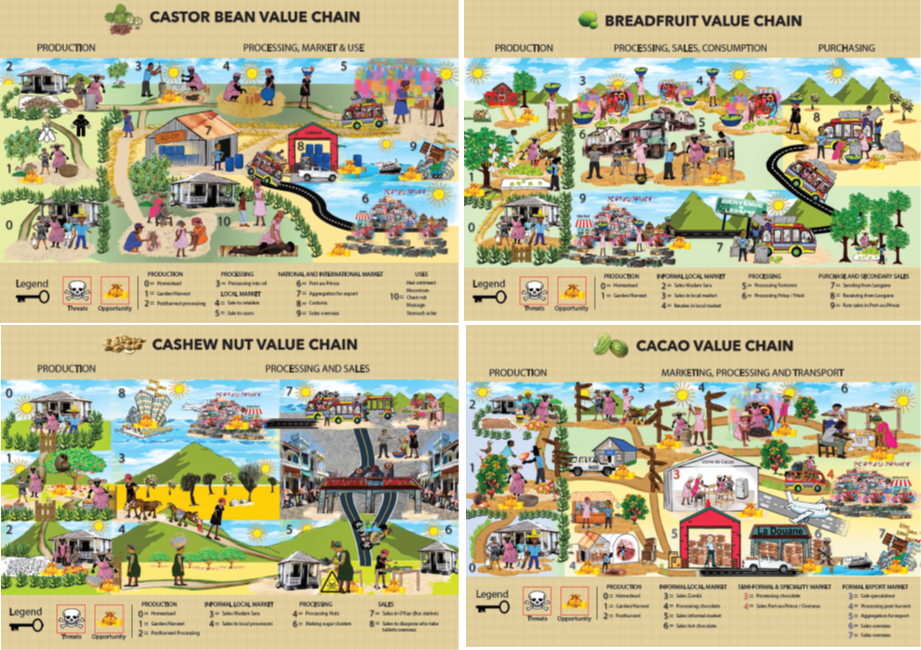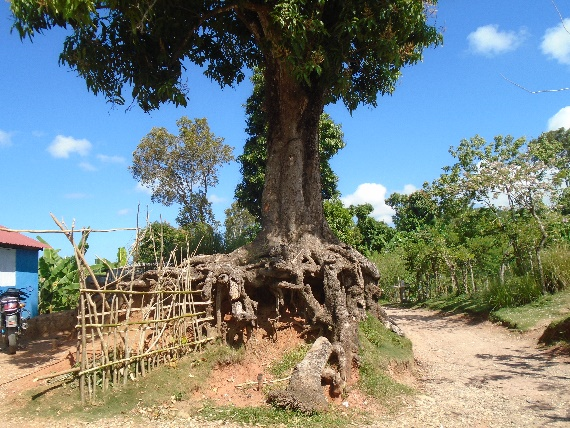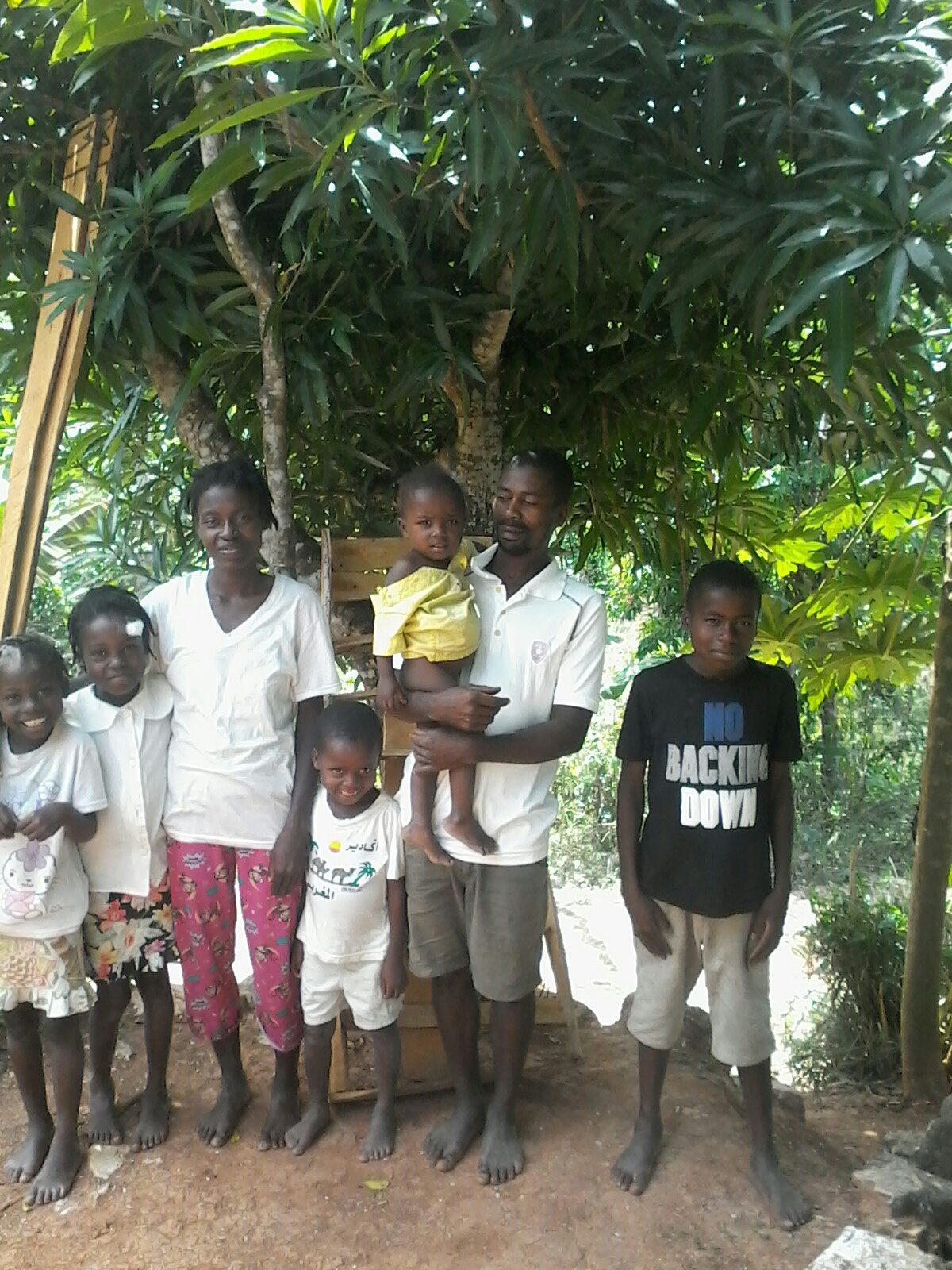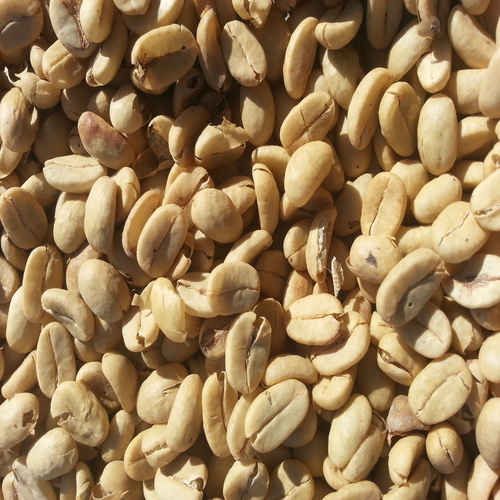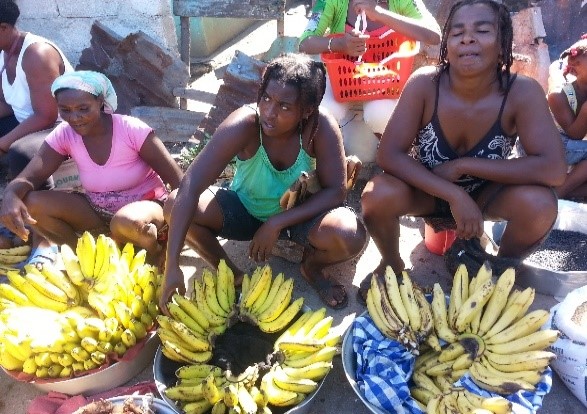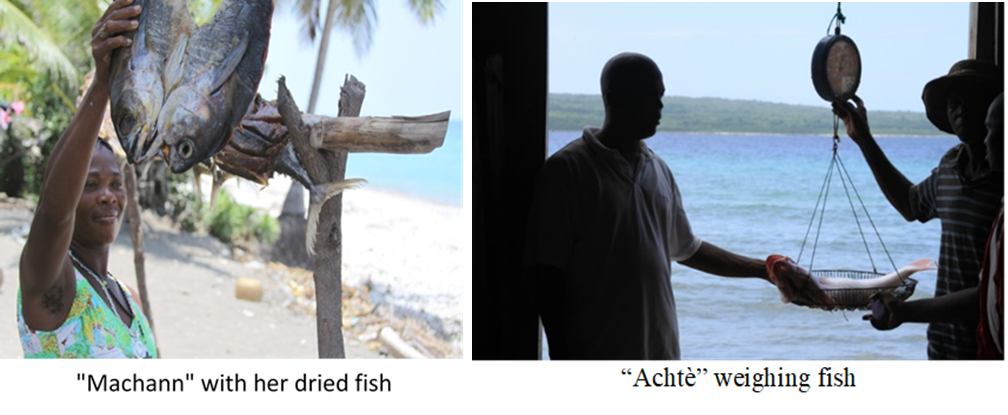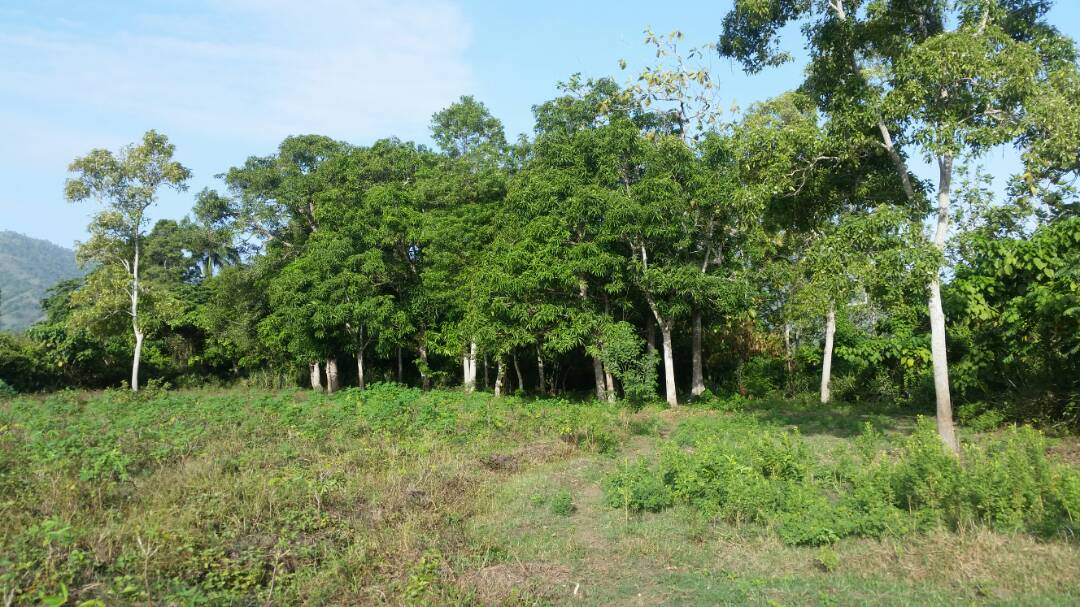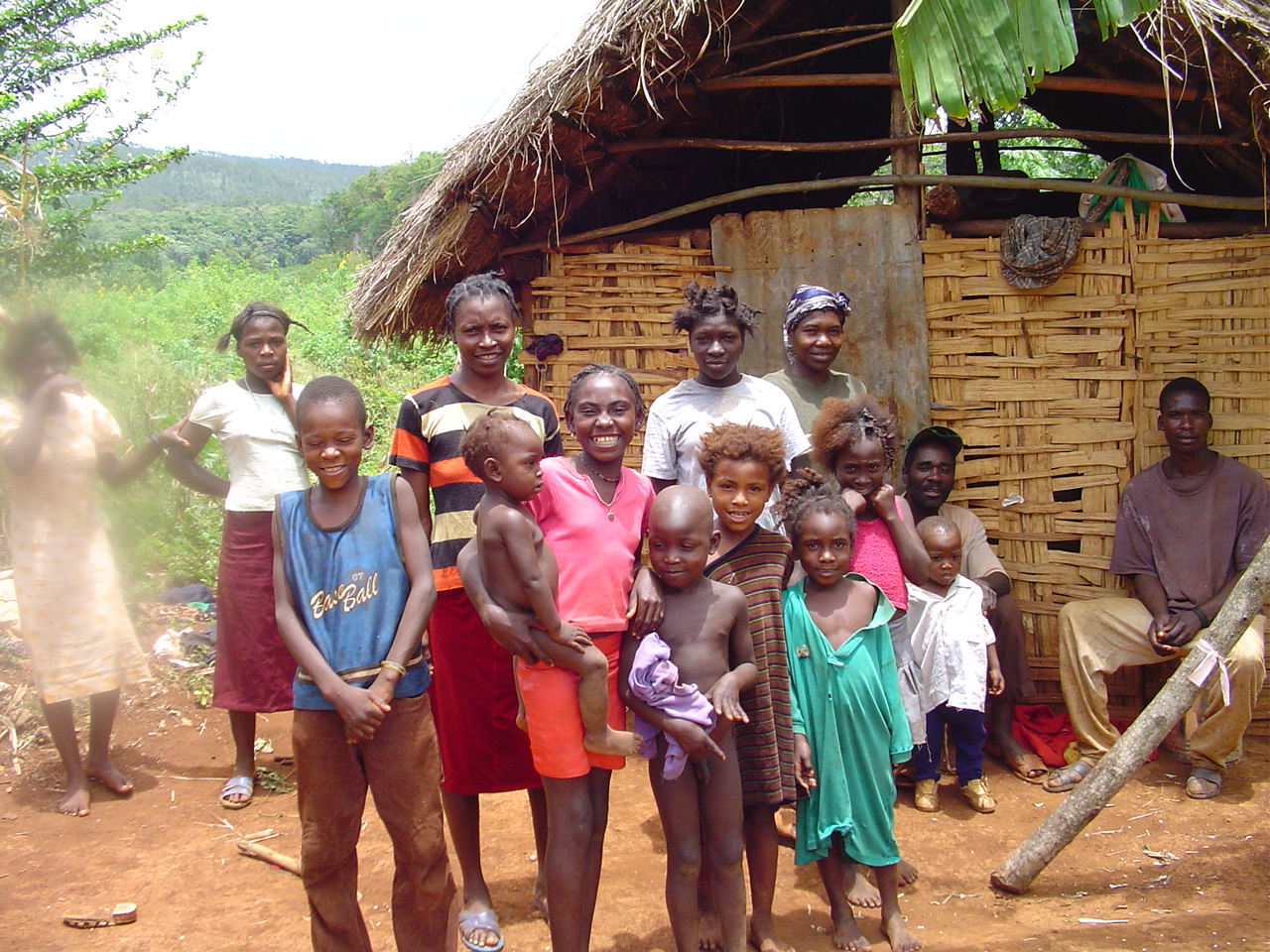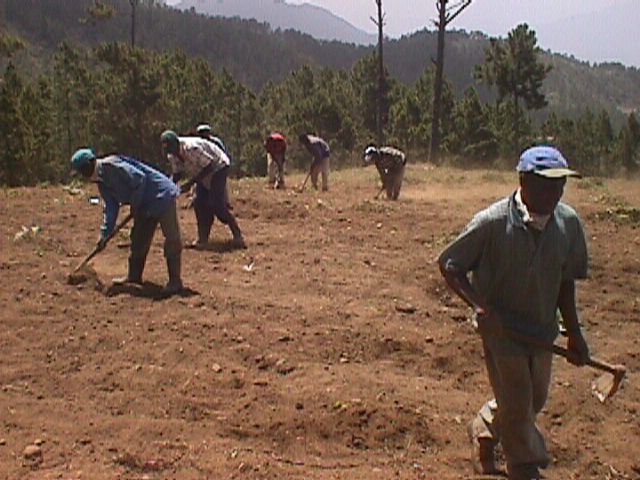NHADS SURVEY (Nutrition, Health, Agriculture and Demographic Survey, Jean Rabel, Haiti)
The survey for this report was conducted in 1997 in Commune of Jean Rabel which covers 467 km2 of territory and has an estimated population of 130,330 residents, 278 people per km2. The area is generally considered among the poorest in Haiti. Infrastructure in the form of a few roads and schools are in horrificRead More
Value Chain Study: Cacao, Cashews, Castor Oil, & Breadfruit
This document presents research on four value chains in Haiti: cacao, cashews, breadfruit and castor bean oil (ricin). The research was conducted in the context of the ILO project FOPRODER (2015-2020), that works through cooperatives and associations in Haiti to provide professional training and promote resiliency of value chains. Arguably the most important information inRead More
VALUE CHAIN REPORT, GRAND ANSE, HAITI
In this sub-report a team of HEKS EPER, UMCOR and Socio-Dig staff developed value chain models for three products of critical importance in the Grand Anse: fish, trees and goats. The creation of value-chain models for these products is intended to help people working in the region gain further understanding of the local economy andRead More
GRAND ANSE, HAITI, REPORT
This report focuses on rural household livelihoods in four Grand Anse communities. It was commissioned by HEKS EPER with support from UMCOR). The actual research was carried out by Socio-Dig. The report is divided into three main parts and an extensive annex. In Part I, we present the data from the baseline survey. In PartRead More
Haiti Coffee Report for Root Capital (2014)
This report describes baseline data collected to help assess Root Capital’s impact on coffee production in one of its target regions of Haiti. The research was conducted under the auspices of Socio-Dig, a Haiti-based research company. The survey focused on farmers in the Savannette-Baptiste area of the Departement du Centre. Most of the respondents were members ofRead More
Haiti Anthropology Brief: Plantain and Banana Value Chains
Where there is moist, irrigated soil, plantains and bananas are the preferred crop in Haiti. They consistently rank among the top three crops that rural Haitians plant. Eighty percent of rural Haitians plant them and virtually all Haitians eat them. They are to Haitians what the potato is to North Americans. And for reasons describedRead More
Gender and the Fish Market Chain in Haiti
NGO Interventions, Associations and the Market Chain: Risk of Putting Women out of Business NGOs have intervened in the purchasing-processing-storage-and-marketing chain to help fishermen get better prices for their fish and thereby bolster income to impoverished households. This support has encouraged the formation of male-dominated fishing associations. In addition to help with offshore fishing, theyRead More
Haiti Anthropology Brief: Haiti Crops, Nutrition, and Prospects for Food Sovereignty
If Haitians are to produce carbohydrates and proteins in quantities competitive with US production of crops best suited to the North American climate and soils, then they will have to begin by doing the same that US farmers do, focus on crops best suited to be grown in Haiti. Yet, a puzzling thing about theRead More
Haiti Anthropology Brief: Eighteen Characteristics of Life in Rural Haiti that Every Aid Worker Should Know
For at least the past 50 years Haiti has arguably been the most aided country on the planet, and arguably the country with the most dismal development record. Aid workers typically leave frustrated, not able to understand why rural Haitians will not adopt crops they promote, or the technologies and strategies that seem to soRead More
Haiti Anthropology Brief: Cropping Strategies in Haiti
To understand food security and resiliency of rural Haitian households it helps to understand the crops, fruit and nut trees that are available in the country and the strategies rural Haitians use to manage them. Here I offer a brief summary of the crops and trees, the adaptability of the food production system they areRead More
